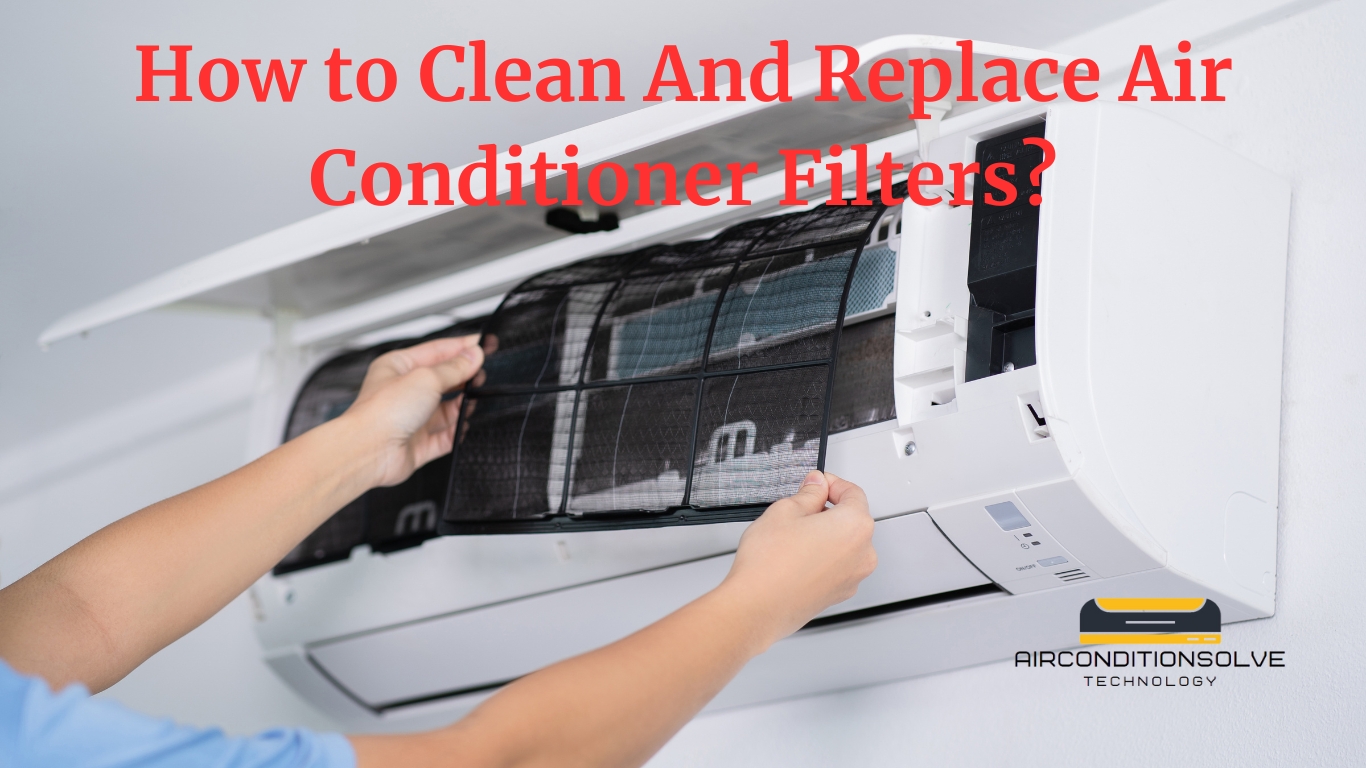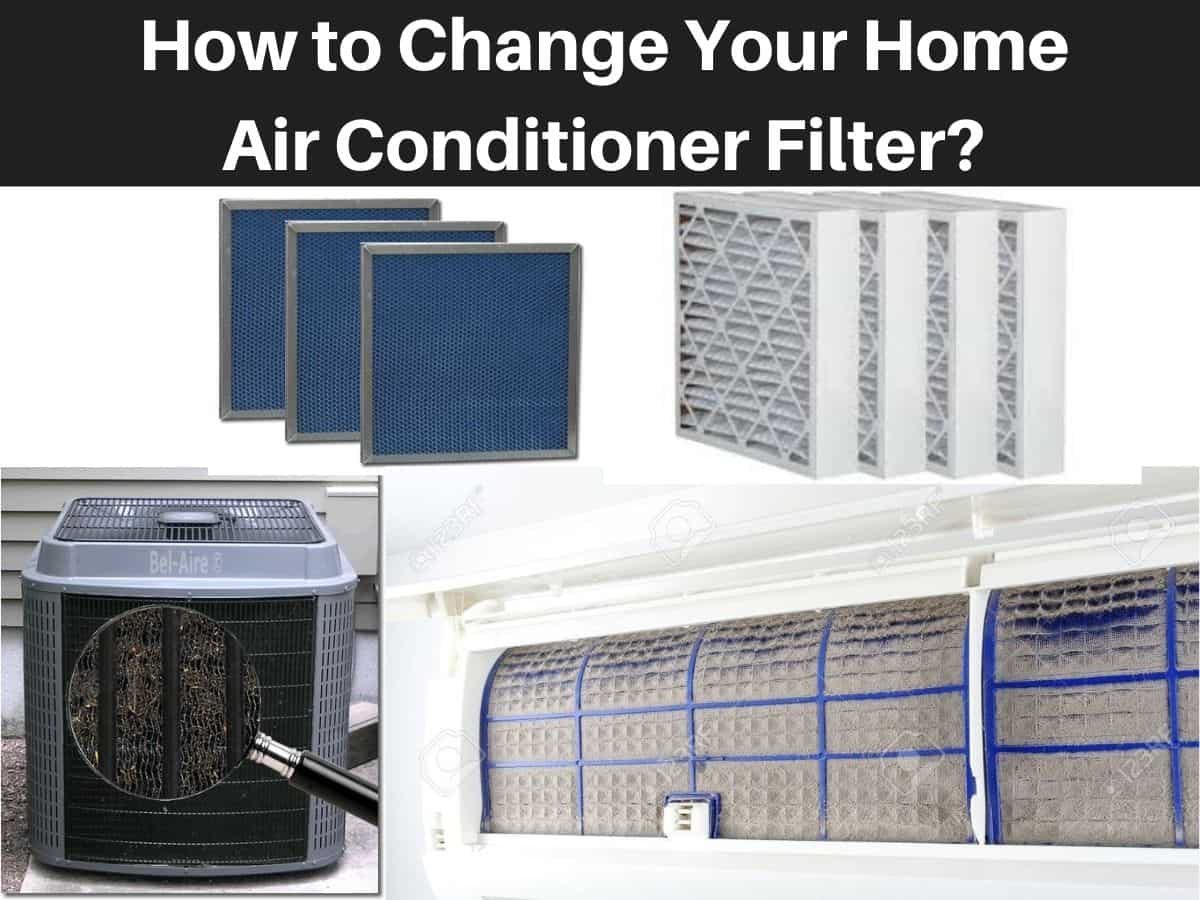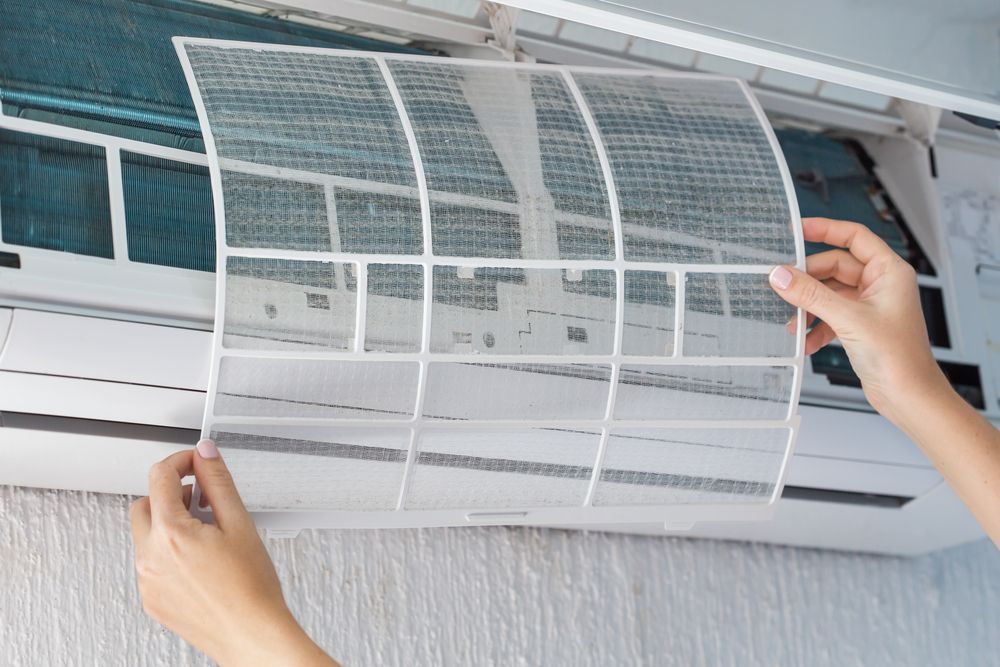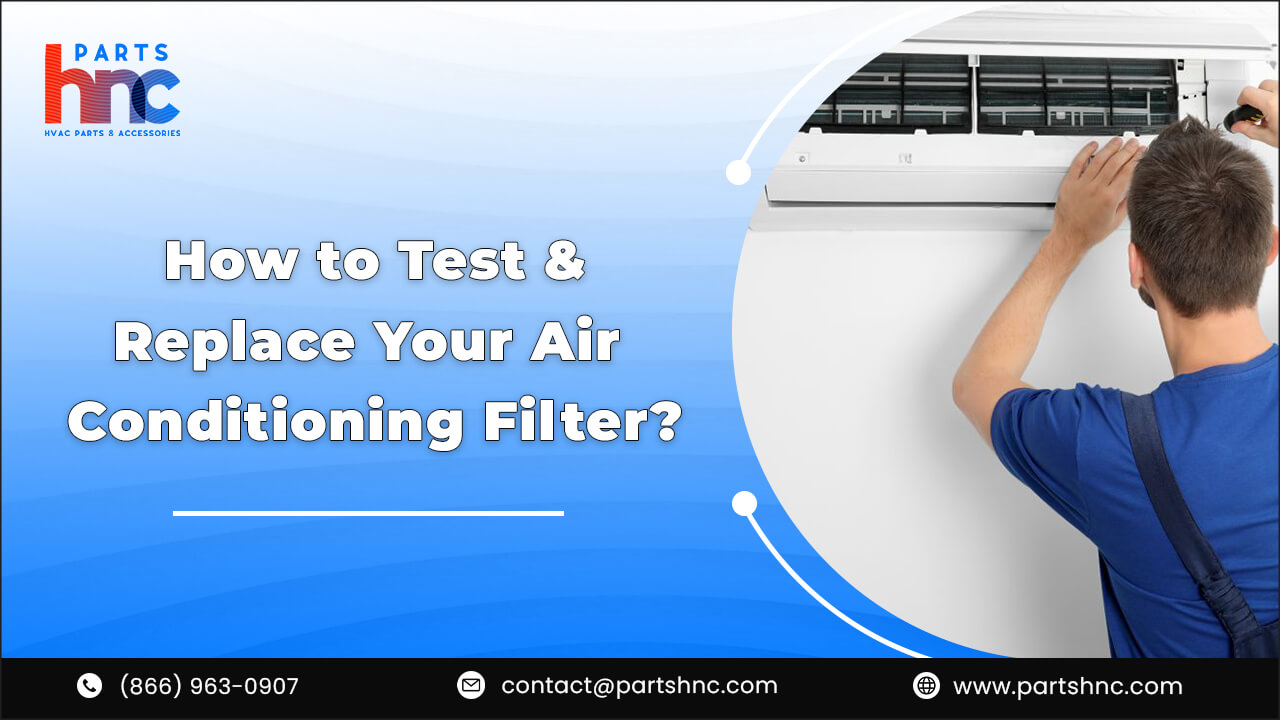How To Replace An Air Conditioner Filter
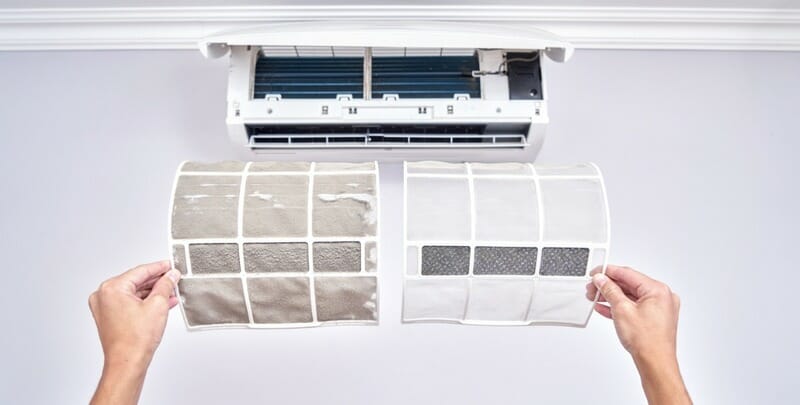
The humble air conditioner filter: often overlooked, but critical to the performance and longevity of any HVAC system. Replacing it is a fundamental skill for anyone in the HVAC industry, from apprentices just starting out to seasoned technicians looking to refine their practices. This article provides a comprehensive guide to air conditioner filter replacement, covering the technical aspects, relevant industry trends, career opportunities, and the importance of professional certification.
Why Filter Replacement Matters: A Technician's Perspective
Air filters are the first line of defense against dust, pollen, pet dander, and other airborne particles that can wreak havoc on an air conditioning system. A dirty filter restricts airflow, forcing the AC unit to work harder, consuming more energy, and ultimately leading to premature failure of components like the compressor. Reduced airflow also impacts indoor air quality, exacerbating respiratory issues for building occupants. For HVAC professionals, understanding the impact of filter maintenance is paramount to providing effective service and building lasting client relationships.
According to the U.S. Department of Energy, replacing a dirty filter with a clean one can lower your air conditioner's energy consumption by 5-15%. This translates into significant cost savings for homeowners and businesses. Beyond energy efficiency, regular filter replacement can also prevent costly repairs, extending the lifespan of the equipment. Emphasizing these benefits to customers is a key skill for HVAC technicians, fostering trust and demonstrating the value of professional service.
Step-by-Step Guide to Air Conditioner Filter Replacement
Here's a detailed, step-by-step guide for replacing an air conditioner filter, suitable for both newcomers and experienced technicians:
1. Safety First: Turn Off the Power
Before beginning any HVAC work, safety is the top priority. Always turn off the power to the air conditioning unit at the circuit breaker. This prevents accidental shocks and ensures a safe working environment.
2. Locate the Filter
The location of the air filter varies depending on the type of air conditioning system. Common locations include:
- Furnace or Air Handler: Often found in the basement, attic, or a utility closet. The filter is typically located in a slot on the side or bottom of the unit.
- Wall-Mounted Units: These units usually have a filter access panel on the front or side.
- Return Air Grille: Some systems have a filter located directly behind the return air grille in the wall or ceiling.
3. Remove the Old Filter
Carefully remove the old filter from its housing. Pay attention to the orientation of the filter; there's usually an arrow indicating the direction of airflow. This is crucial for installing the new filter correctly.
4. Note the Filter Size and Type
Before disposing of the old filter, note its size (e.g., 16x25x1 inches) and type (e.g., pleated, fiberglass, HEPA). This information is essential for purchasing the correct replacement filter. Many filters will have the dimensions printed directly on the frame.
5. Choose the Right Replacement Filter
Selecting the right filter is crucial for optimal performance and air quality. Consider the following factors:
- MERV Rating: The Minimum Efficiency Reporting Value (MERV) rating indicates the filter's ability to capture airborne particles. Higher MERV ratings (e.g., MERV 11-13) offer better filtration but can also restrict airflow. A MERV rating of 8 is generally a good balance between filtration and airflow for residential systems.
- Filter Type: Pleated filters offer better filtration than fiberglass filters. HEPA filters are the most efficient but may require a more powerful blower motor.
- Filter Size: Ensure the replacement filter is the exact same size as the old filter.
6. Install the New Filter
Insert the new filter into the housing, making sure the arrow on the filter frame points in the direction of airflow. This ensures that the filter is properly positioned to capture particles.
7. Replace the Access Panel or Grille
Securely replace the access panel or grille. Ensure that it's properly sealed to prevent air leaks.
8. Restore Power
Turn the power back on to the air conditioning unit at the circuit breaker.
9. Mark Your Calendar
Remind the customer to schedule regular filter changes. Generally, filters should be replaced every 1-3 months, depending on the type of filter and the amount of dust and pollutants in the air.
Career Outlook and Salary Expectations in HVAC
The HVAC industry is experiencing strong growth, driven by factors such as increasing demand for energy-efficient systems, stricter environmental regulations, and a growing construction market. The U.S. Bureau of Labor Statistics projects a 5% growth in employment for HVAC mechanics and installers from 2022 to 2032, which is about average for all occupations.
The median annual wage for HVAC mechanics and installers was $59,620 in May 2023. The highest 10 percent earned more than $83,720. Salary levels vary depending on experience, location, and specialization. Experienced technicians with advanced certifications and specialized skills, such as commercial refrigeration or building automation, can command higher salaries.
For example, an entry-level HVAC technician might start with a salary in the range of $35,000-$45,000, while a lead technician with several years of experience and certifications could earn upwards of $70,000-$80,000 or more.
The Importance of Certification
Earning certifications can significantly enhance career prospects and earning potential in the HVAC industry. Some of the most recognized certifications include:
- NATE (North American Technician Excellence): NATE certification is widely recognized as a mark of excellence in the HVAC industry. It demonstrates that a technician has the knowledge and skills to properly install, maintain, and service HVAC equipment.
- EPA Section 608 Certification: Required by the Environmental Protection Agency (EPA) for technicians who handle refrigerants. This certification ensures that technicians are trained to handle refrigerants safely and responsibly, minimizing environmental impact. Different levels of certification exist based on the types of equipment the technician works on.
- HVAC Excellence Certifications: Offered by HVAC Excellence, these certifications validate competency in specific areas, such as air conditioning, heating, and refrigeration.
Pursuing these certifications demonstrates a commitment to professionalism and continuous learning, making technicians more attractive to employers and boosting their career advancement opportunities.
Real-World Career Paths in HVAC
The HVAC industry offers a wide range of career paths, from entry-level positions to specialized roles. Here are a few examples:
- HVAC Installer: Installs new heating, ventilation, and air conditioning systems in residential and commercial buildings.
- HVAC Service Technician: Troubleshoots and repairs existing HVAC systems. This role often involves diagnosing problems, replacing parts, and performing routine maintenance.
- HVAC Sales Engineer: Designs and sells HVAC systems to businesses and homeowners. This role requires strong technical knowledge and sales skills.
- HVAC Project Manager: Oversees the installation and maintenance of HVAC systems for large-scale projects.
- Building Automation Specialist: Programs and maintains building automation systems that control HVAC equipment, lighting, and other building systems.
Many HVAC professionals start as apprentices, gaining hands-on experience under the guidance of experienced technicians. As they gain experience and earn certifications, they can advance to more specialized roles with greater responsibility and higher pay.
Industry Trends and the Future of HVAC
The HVAC industry is constantly evolving, driven by technological advancements and changing consumer demands. Some of the key trends shaping the future of HVAC include:
- Smart HVAC Systems: Smart thermostats and other connected devices are becoming increasingly popular, allowing homeowners and businesses to remotely control their HVAC systems and optimize energy consumption.
- Energy-Efficient Technologies: There is a growing demand for energy-efficient HVAC systems, such as heat pumps and variable-speed air conditioners, that can reduce energy costs and environmental impact.
- Sustainable Refrigerants: The industry is transitioning to more sustainable refrigerants with lower global warming potential, as traditional refrigerants are phased out due to environmental concerns.
- Indoor Air Quality (IAQ): Increasing awareness of the importance of indoor air quality is driving demand for air purification systems, such as air filters, UV lights, and air purifiers.
HVAC professionals who stay abreast of these trends and develop expertise in emerging technologies will be well-positioned for success in the future.
Conclusion
Replacing an air conditioner filter is a simple but essential task that contributes significantly to the efficiency, longevity, and air quality of HVAC systems. Mastering this skill is a foundational step for anyone entering the HVAC industry. By understanding the technical aspects of filter replacement, staying informed about industry trends, and pursuing professional certifications, HVAC professionals can build rewarding and successful careers in this dynamic and growing field. The industry offers a multitude of opportunities for skilled workers, and a commitment to continuous learning and professional development is the key to thriving in the years to come. Emphasizing proactive maintenance, including regular filter changes, allows professionals to establish themselves as trusted advisors and build long-term relationships with their clientele.


